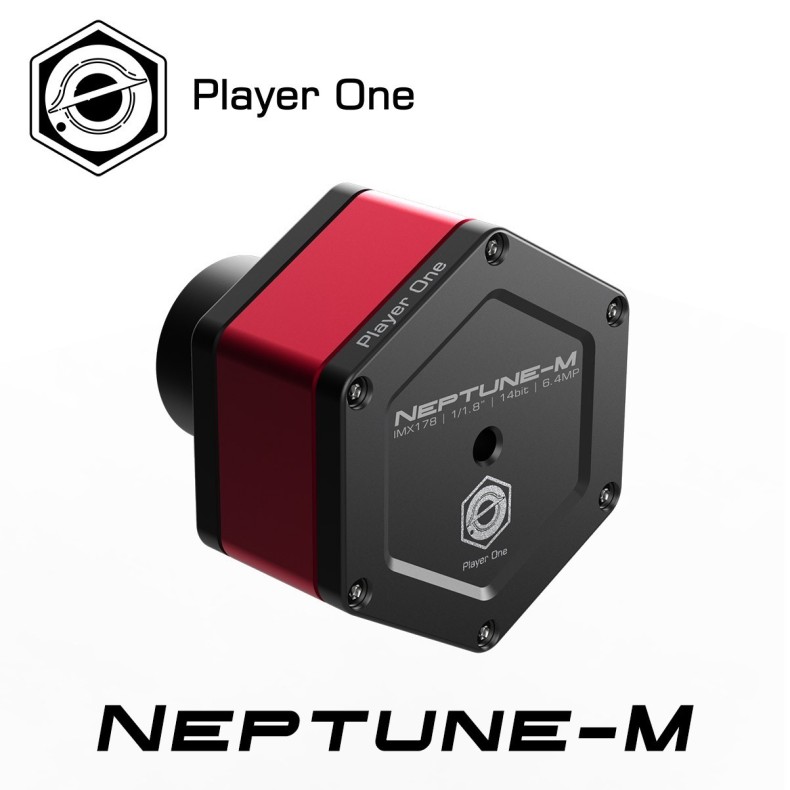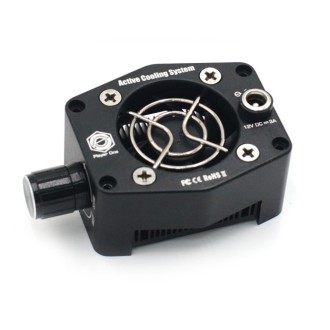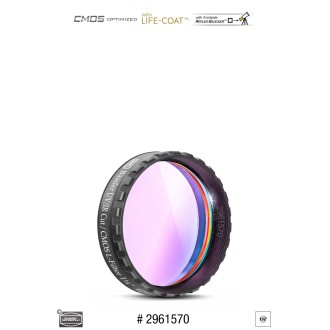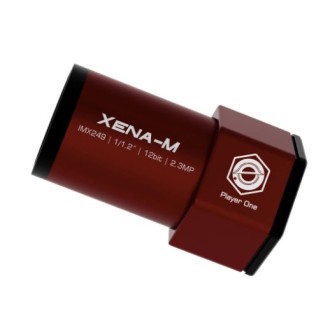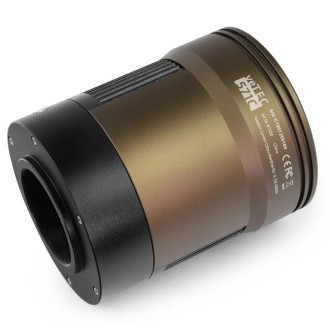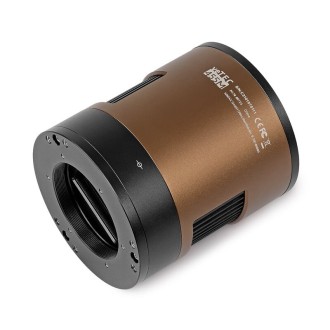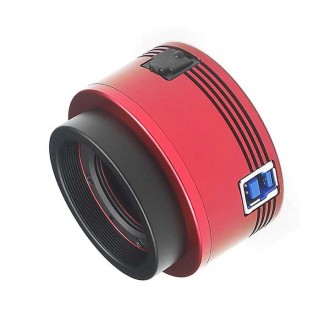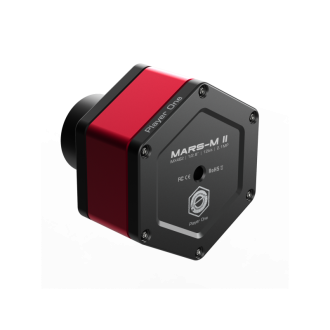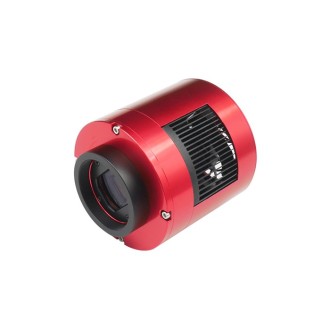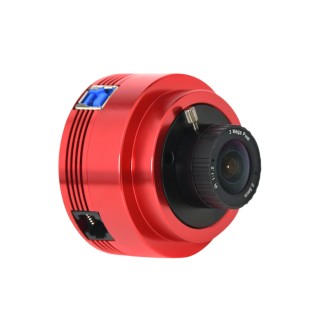Deliver it 12/24 days

PLAYER ONE NEPTUNE-M planetary camera USB3.0 mono (IMX178)
The Neptune series is a series of 1/2-inch format planetary cameras for the more amateur. It is larger than the 1/3-inch and has a higher resolution, and is more suitable for astronomy enthusiasts.
| Carrier | Description | Estimated Delivery | ||
|---|---|---|---|---|
 |
Home delivery - International | Home delivery - International |
Wednesday, 22 May - Monday, 3 June |
|

Home delivery - International
Home delivery - International
Estimated delivery:
Wednesday, 22 May - Monday, 3 June
PLAYER ONE NEPTUNE-M planetary camera USB3.0 mono (IMX178)
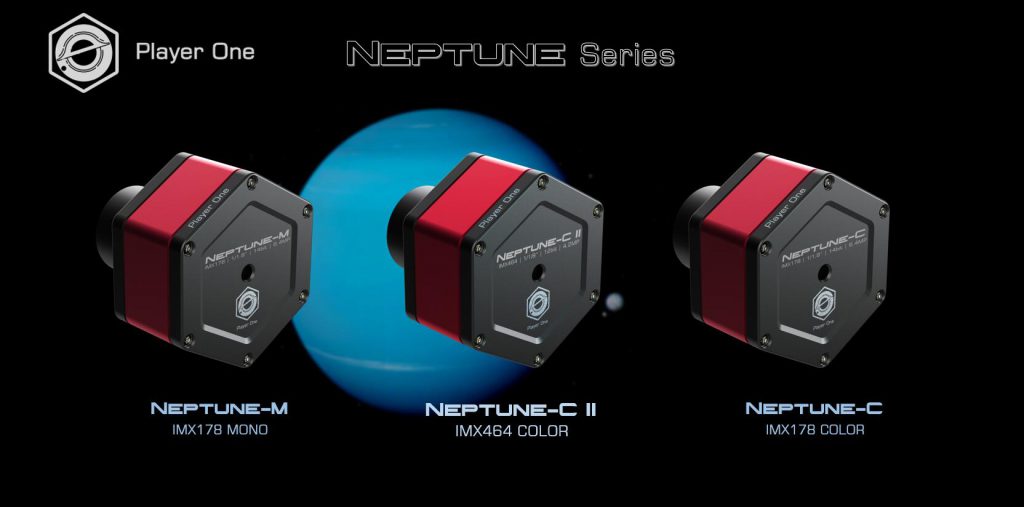
The Neptune series is a series of 1/2-inch format planetary cameras for the more amateur. It is larger than the 1/3-inch and has a higher resolution, and is more suitable for astronomy enthusiasts.
The main success of the Neptune series is the Neptune-C II, yes, you read that right. We launched the second generation Neptune model directly because the plan could not keep up with the pace of change.
In addition to the brightest star, Neptune-C II, we also launched two other highly praised models, Neptune-C and Neptune-M, in a big way.
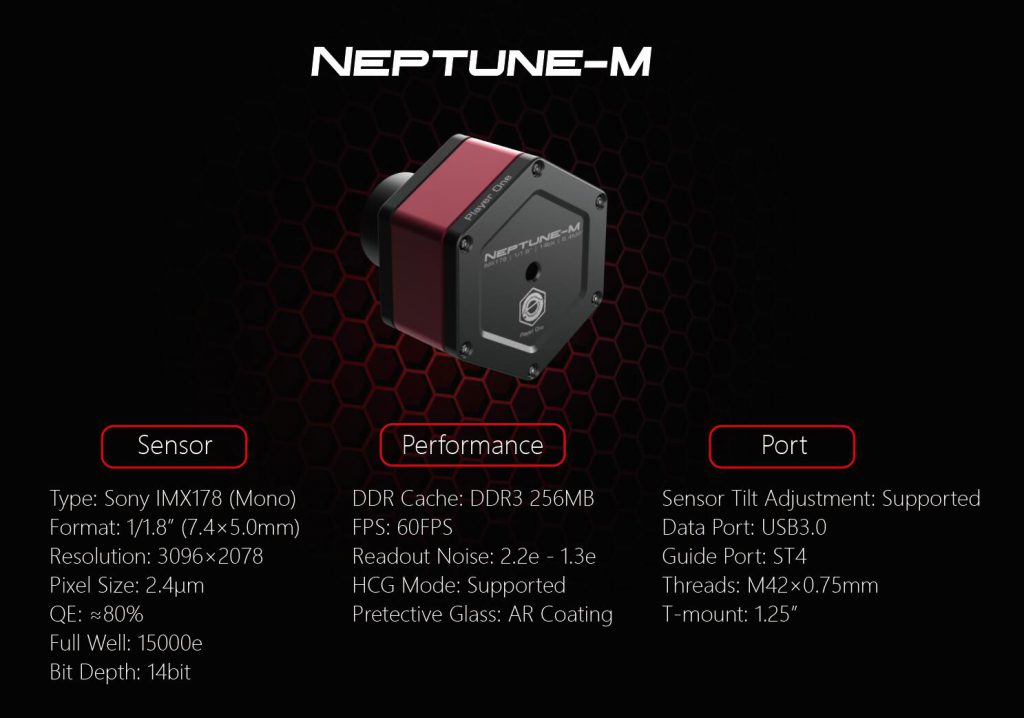
Product Description
Neptune-M is a planetary camera developed by Player One Astronomy, which adopts the 1/1.8" format Sony IMX178 sensor. The pixel size of 2.4um allows a well depth of 15ke with a total of 6.4MP (resolution is 3096*2078), and the diagonal is 9mm.
We need Neptune-M (IMX178 mono sensor), because IMX464 only has the color type. For many enthusiasts, without the monochrome camera, a lot of shooting flexibility will be lost, so Neptune-M is to compensate for this.
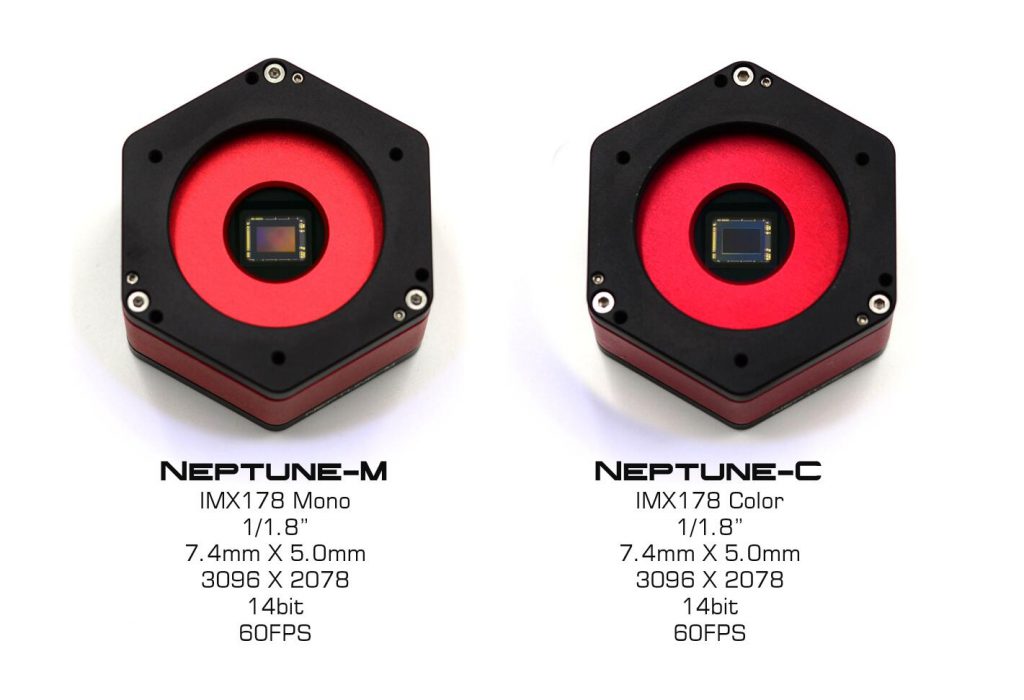
Highlights
With a 1/1.8-inch sensor, the Neptune series is well suited for solar and lunar mosaic photography.
Connecting the Neptune-C camera to a telescope with a 1.25″ T-mount, or adding a Barlow lens between the camera and a telescope to extend the focal length for more detail.
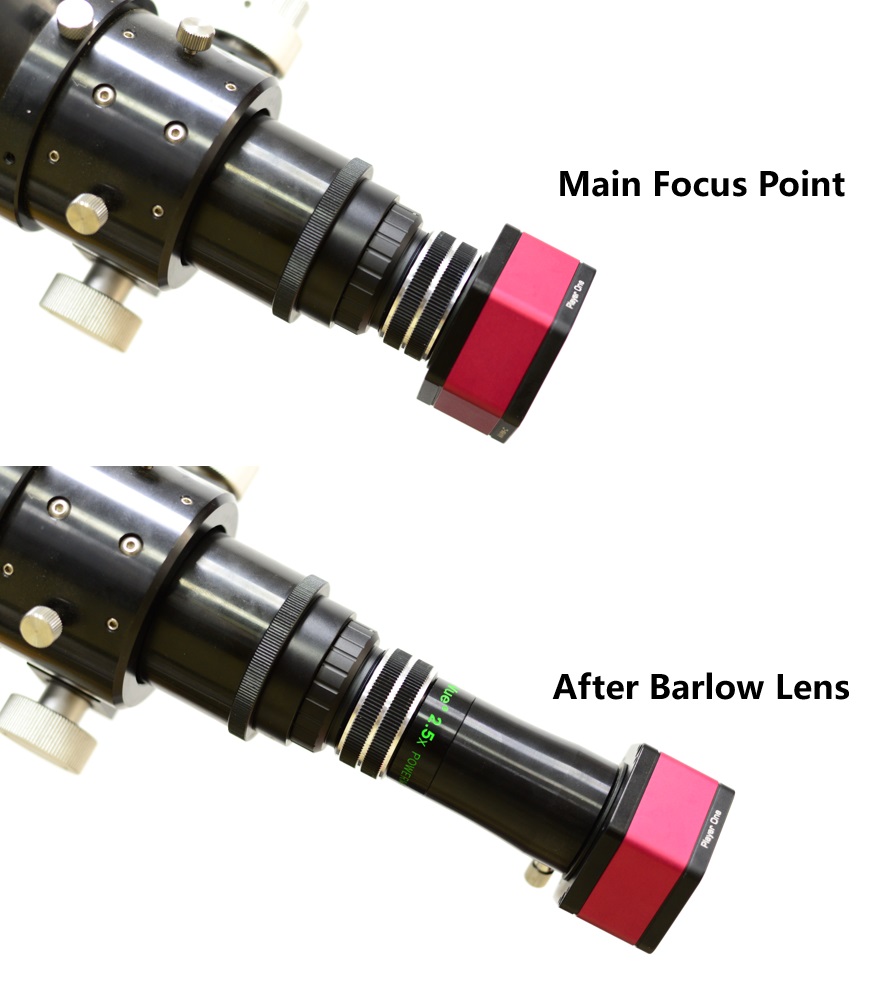
Features:
The naming of cameras from Player One Astronomy is unique. For example, we name the planetary cameras as planets (they are Mercury, Venus, Mars, Jupiter, Saturn, Uranus and Neptune, Earth is not included). The size of each planet represents, to some extent, the size of the camera sensors. Saturn will be named with a 1-inch sensor camera, and Neptune will be named with a 1/1.8-inch sensor camera. All names will be engraved on the housing of the cameras.
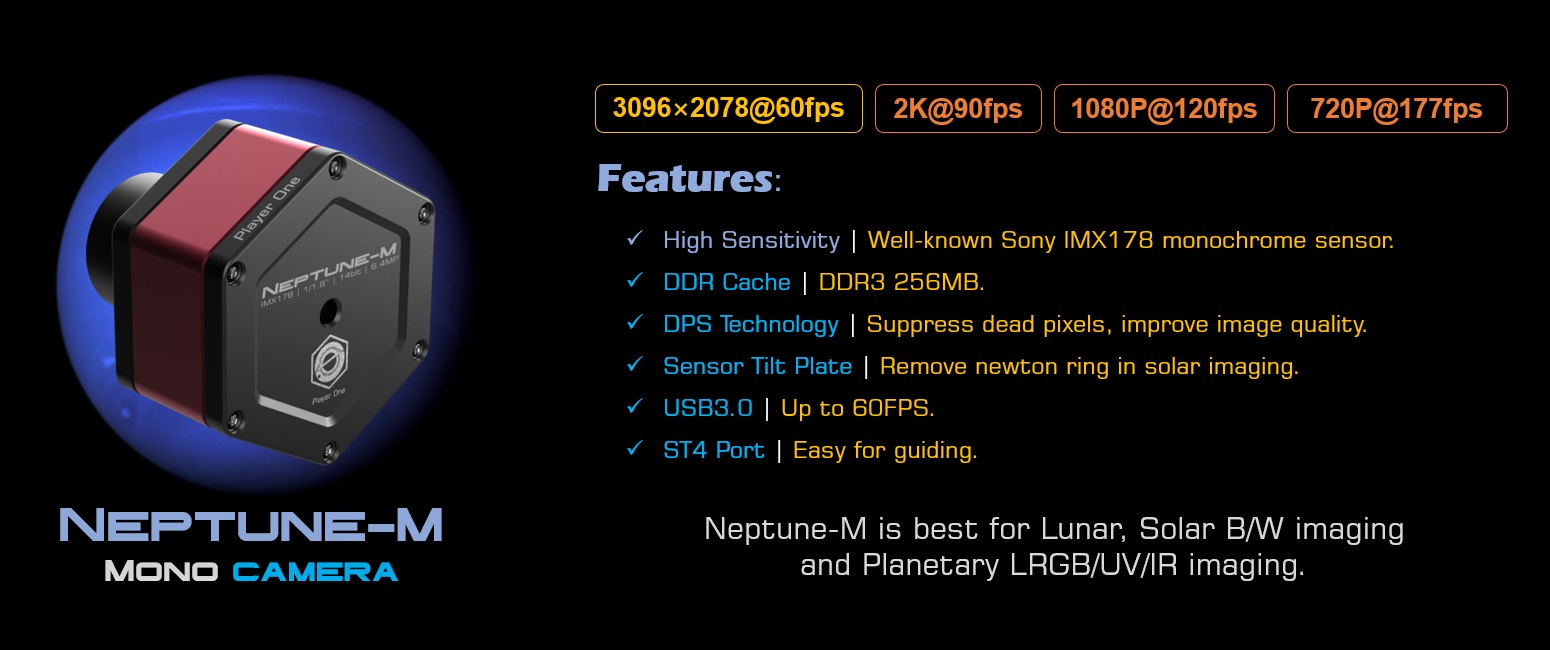
Cutting-edge design
The planetary cameras developed by Player One Astronomy use a scientific and technological regular hexagon to construct the main body line, complemented by round chamfers for both rigidity and flexibility. The positive red, which is like a summer fire, is combined with the low-profile and stable black, and the superfine glazing process on the entire surface makes the camera look luxurious and cool.
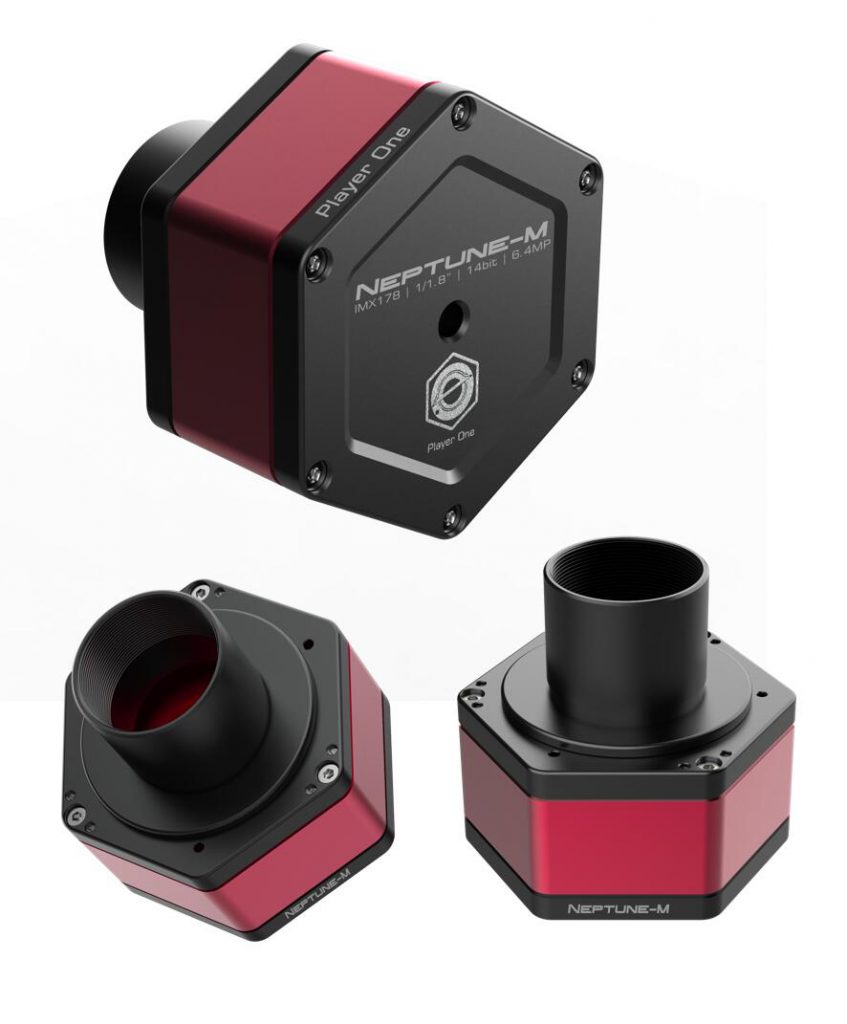
2nd generation - Sensor tilt plate
The built-in high-density sponge shading pad can block the light from the side slits without any side leakage.
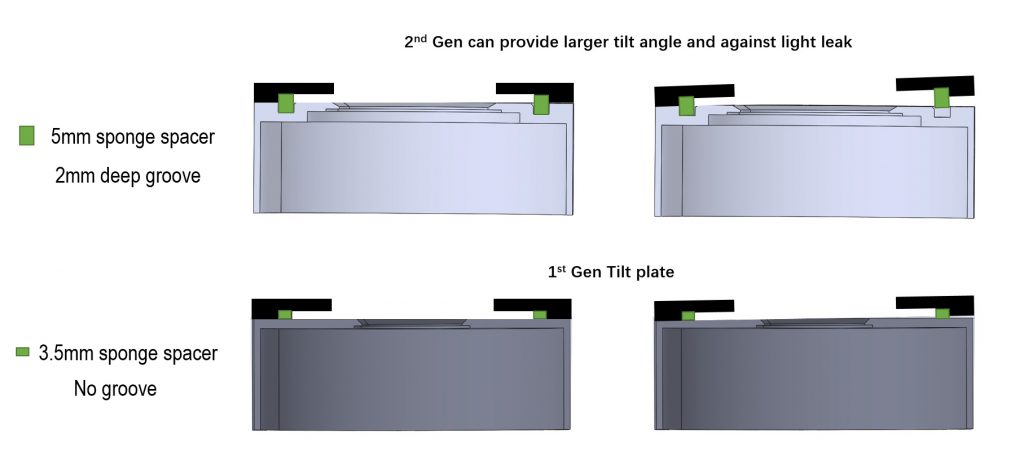
When taking solar photography with the prominence telescope, the Newton's ring is annoying. A smoother solar image can be taken without Newton's ring by adjusting the focal plate. Obtain a much smaller field curvature of the telescope.
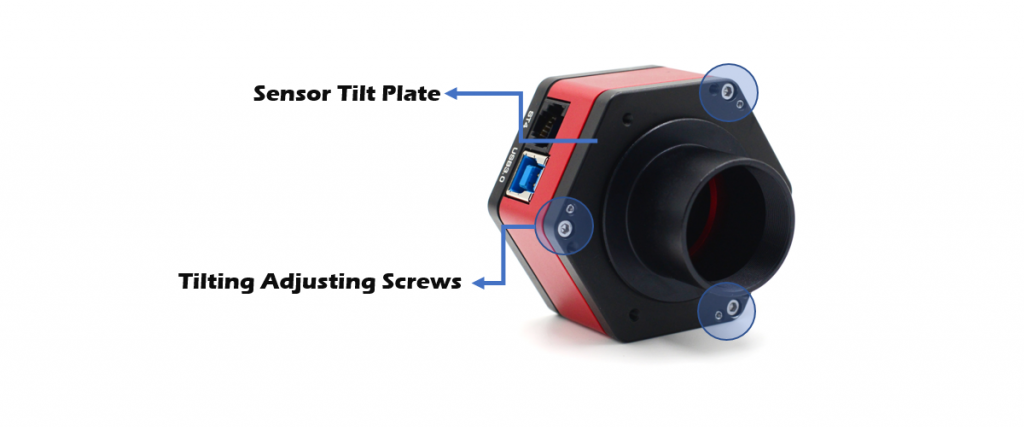
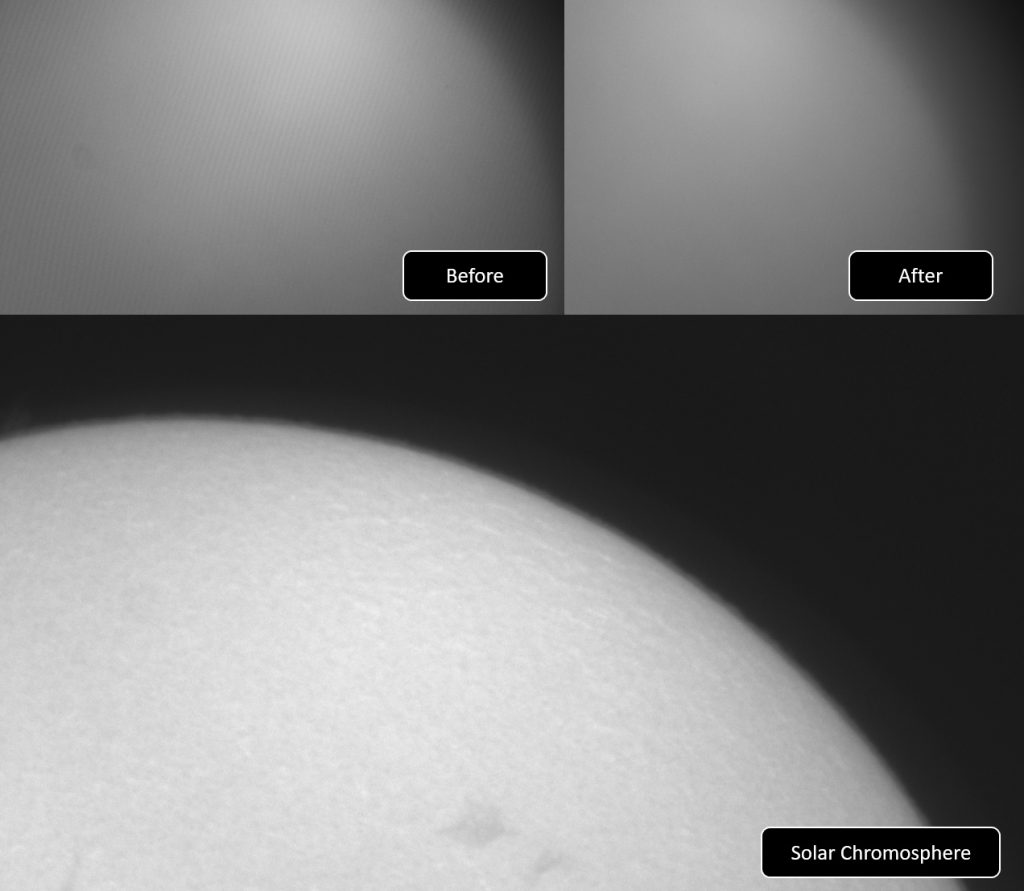
256M DDR3 Cache
Player One Astronomy cameras are the first to incorporate DDR3 cache in all planetary cameras in the world. It helps stabilize and secure data transmission, effectively prevents dropped frames and greatly reduces read noise.
With DDR3 cache, the camera no longer has high demands on computing needs, it will still have excellent performance even if it is connected to a USB 2.0 port.
DPS technology
Player One Astronomy planetary cameras have DPS (Dead Pixel Suppression) technology. DPS analyzes many dark frames to find the fixed abnormal pixels and record the map in the camera's memory. In imaging, in each exposure frame, the position of the dead pixels is given an average value depending on the active pixels around that abnormal pixel.

Overvoltage and overcurrent protection mechanism
Player One cameras produced by number one ensure the safety of your camera and other equipment through overvoltage and overcurrent protection mechanisms.
Data port
When the camera is connected to the USB3.0 interface and full resolution preview is used, it can reach 60 FPS in RAW8 mode (10bit ADC). When recording images, since the actual writing speed will be affected by the writing speed of the hard disk itself, when the writing speed of the hard disk is slow, the recording may not reach the theoretical speed. It is recommended to use a high quality solid state drive for data recording in order to take full advantage of the camera's performance.
Use the ST4 guide cable to connect the camera and the AUTO GUIDE port of the equatorial mount for guiding.

Readout noise
As for the readout noise, we solemnly promise that all values are obtained from real tests. And for users, Sharpcap 4 can be used for testing. SC4 has a feature called Sensor Analysis, which provides a very simple way to test read noise.
We have written a tutorial on our website: https://player-one-astronomy.com/service/manuals/
After many rigorous read noise tests, the Neptune-C camera can achieve a low read noise of 1.34e with a gain of 350.
If you are interested in read noise testing, you can try it yourself, which is very easy.
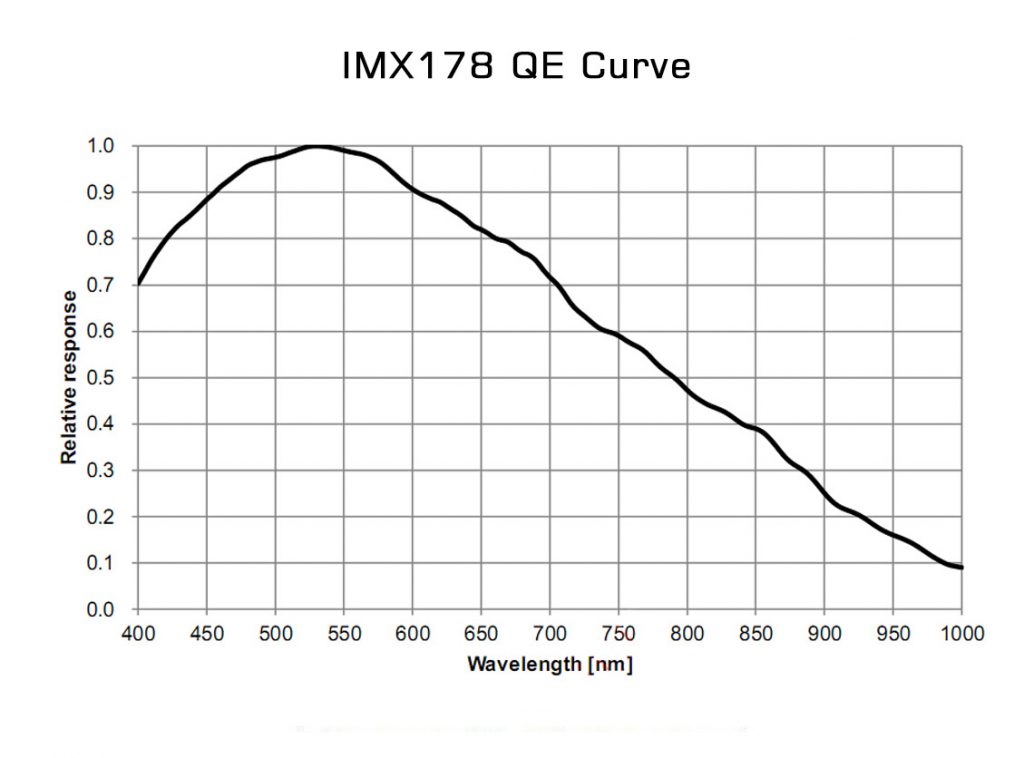
HCG mode
The Neptune camera has a unique HCG mode, which will be automatically activated when the camera gain setting is >30. The HCG mode can greatly reduce the read noise and keep the same high dynamic range as the low gain.
Mechanical diagram
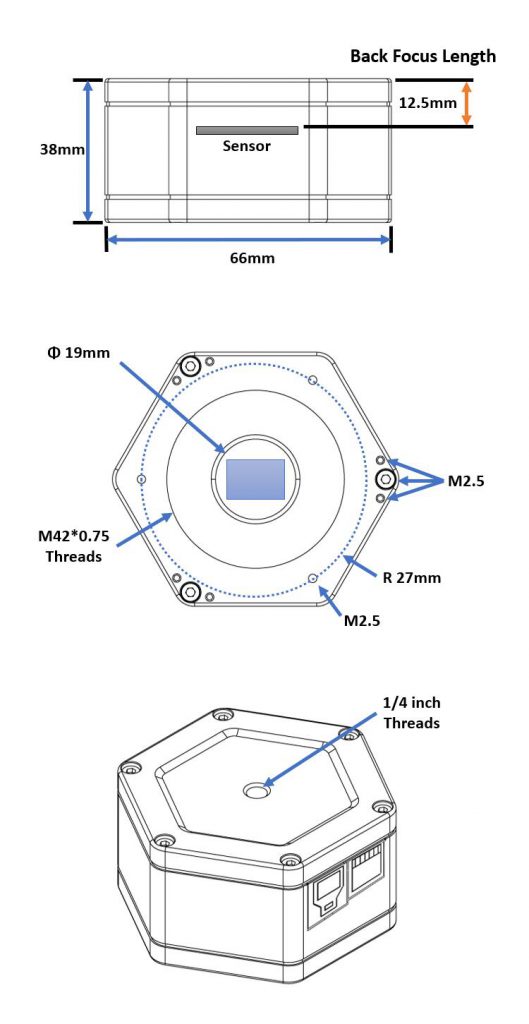
what is included in the box?
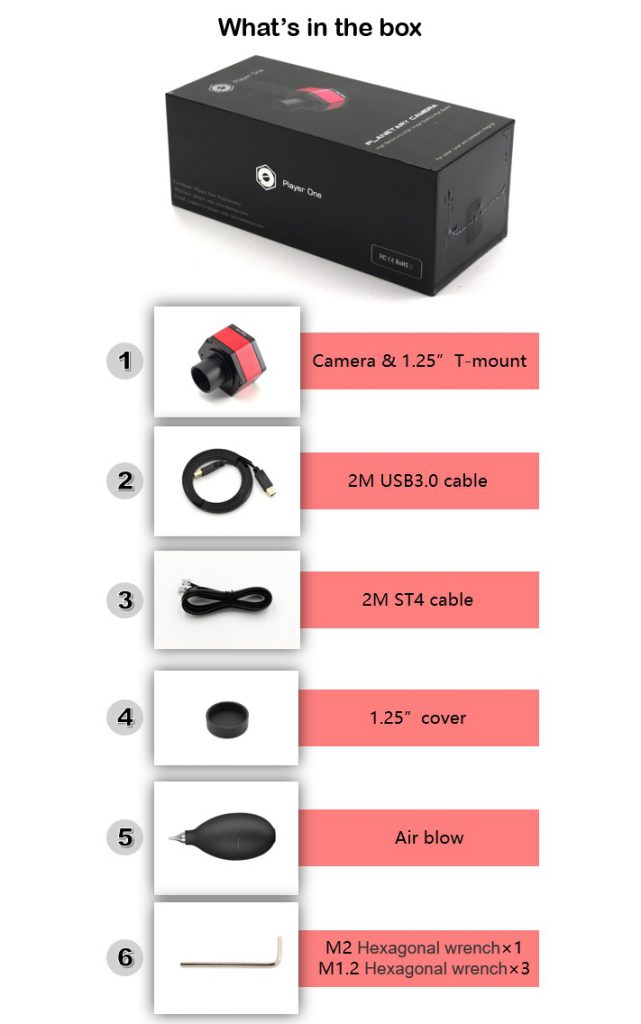
Technical specifications:
- Sensor: SONY IMX178 1/1.8" CMOS (mono)
- Diagonal: 9mm
- Total pixels: 6.4 Megapixels
- Maximum resolution: 3096×2078
- Pixel size: 2.4μm
- Chip size: 7.4mm×5.0mm
- Frame rate: 60FPS(10bit)
- Shutter: Rolling shutter
- Exposure range: 32μs-2000s
- Read noise: 2.2e~1.3e
- Peak QE: ≈80%
- Full well: 15k e
- ADC: 14 bits
- Data port: USB3.0/USB2.0
- Adapter: 1.25″ / M42X0.75
- Rear focal length: 12.5mm
- Protection window: D21*1.1MM High quality AR Plus multilayer coating (anti-reflective)
- Diameter: 66mm
- Weight: 180g
- Resolution and FPS:
- In USB3.0 mode
- 10bit ADC resolution
- 3096×2078 60 FPS
- More resolution options can be configured in the capture programs.
PLAYER ONE NEPTUNE-M planetary camera USB3.0 mono (IMX178)

